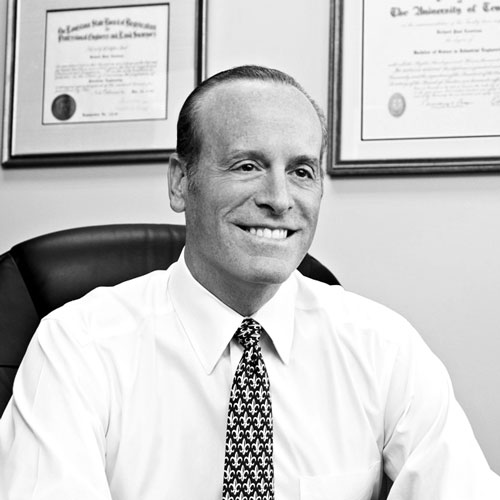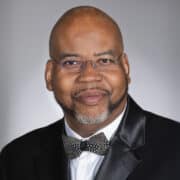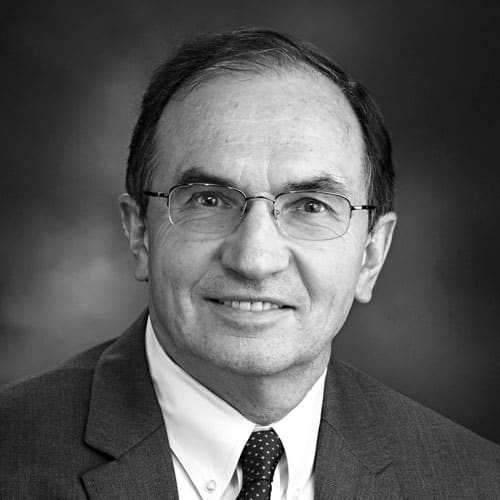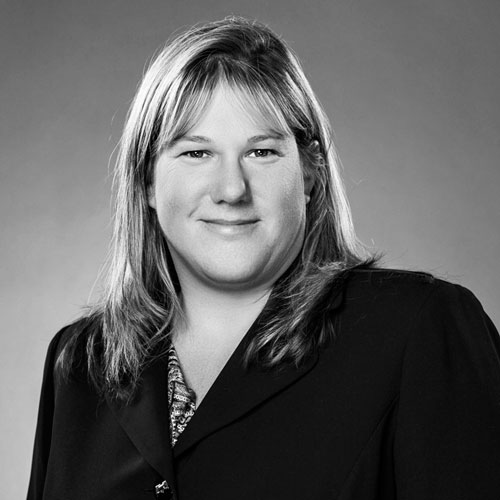When Paul Loveless realized he didn’t have the knowledge necessary to move up within his organization, he went out and got it. Loveless is president and CEO of CL&F Resources, a privately held upstream oil and gas exploration and production company based in Houston, Texas. CL&F, which has been in business for eighty-five years, operates primarily in the southern United States with operated assets in east and south Texas and non-operated assets in west Texas, Louisiana, Kansas, Permian Basin, and the Gulf of Mexico.
Although Loveless’s business card may read “president and CEO,” he considers himself chief risk officer as well. A lot of what CL&F does is accessing and managing risk associated with actions such as drilling oil and gas wells, acquiring oil and gas producing properties, and operating producing assets.

“My current responsibilities are no different than any other president of a small oil and gas company would have, but I tend to view all decisions from a risk-management perspective because everything we do is in fact accessing and managing risk,” Loveless says. “I’m a petroleum engineer by background, so I’ve got a fairly firm handle on the technical aspects of the business that underlay everything we do, and that, along with the financial acumen, allows me to translate decisions into risk-adjusted financial terms.”
One of the risks Loveless and his team recently considered was deepwater drilling in the Gulf of Mexico. There was hesitation after the Macondo oil spill in the Gulf of Mexico back in 2010. After the incident, Loveless admitted that the company second-guessed reentering the deepwater arena.
“We got a little nervous after Macondo,” he says. “[We weren’t sure if] we should expose our corporate assets to a potential catastrophic event like that; unless you’re BP, Chevron, or Exxon, an event like that can be catastrophic.”
That is the kind of risk Loveless looks at often. Since 2010, however, the industry has responded appropriately by developing new capping-stack technology that is able to react to a blowout faster and can gather the leaking fluids and gas, put them on a ship, and burn or sell them. This technology, along with increased capacity in the insurance market, has helped put companies interested in deepwater prospects, like CL&F, at ease, and they have recently reentered the deepwater arena.
“We have three rigs running now,” Loveless says. “We’re really excited about that; it’s something we’ve done in the past, we understand it, and we have made a lot of money at it. We’re now back in it and looking for new opportunities.”
CL&F also has its sights set on increasing its presence in the Permian Basin. Loveless’s team is doing everything they can to gain access to properties there, whether it’s through acquisitions, lease sales, or joint ventures.
“In 2009, at the age of fifty-one, I went back to school at Tulane and got an MBA and continued right into a master’s degree in finance at the ripe old age of fifty-two.”
“We’ve joint ventured with some of the best independents out there for many years, and we understand that model as we don’t have to operate,” Loveless says. “We can, but we don’t have to, and we’re really trying to beef up the effort to acquire some quality assets in the Permian Basin.”
If it seems like Loveless is well versed in a number of categories like risk management, drilling, and property acquisitions, it’s because he is. Loveless entered the oil industry with an industrial engineering degree in 1981, working for a large service company. But he quickly realized that he wanted to be on the exploration and production side of the business.
To overcome this obstacle, he attended graduate school at night to earn a master’s degree in petroleum engineering that led him to a thirty-year petroleum engineering career.
After earning an engineering undergraduate degree, a master’s in petroleum engineering, and a professional engineer’s license, most people would have had their fill of education, but Paul Loveless isn’t most people. As his duties took to the management side, he felt he was lacking the financial and business knowledge necessary to take on a leadership role.
“So in 2009, at the age of fifty-one, I went back to school at Tulane and got an MBA, again at nights and on weekends, and continued right into a master’s degree in finance at the ripe old age of fifty-two,” Loveless says. “Then, subsequent to that, I got my energy risk professional certification from the Global Association of Risk Professionals and am currently pursuing a Charter Alternative Investment Analyst certification.”
Loveless’s continued education has paid off in a big way. He not only made himself a viable leadership candidate, but he also can manage every facet of CL&F’s business, including its finances and investments.
“I don’t think there is any doubt that I would never have been seriously considered for my current position had I not had some of the formal education that led to a greater understanding of management philosophy and how to manage and invest money,” Loveless says. “I had the opportunity to move into this position when my predecessor retired. The board reviewed my past performance and education and gave me a chance. I’m confident that, if commodity prices help out a bit, things will work out well for all involved.”














